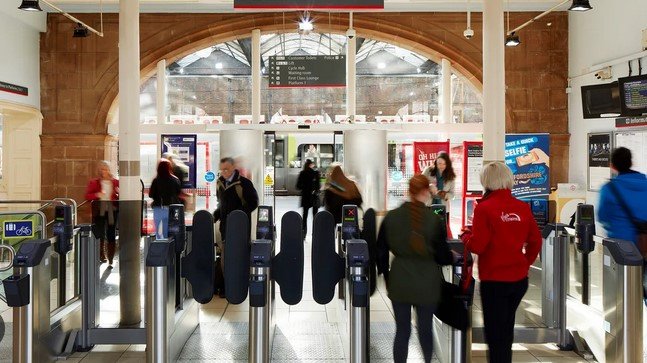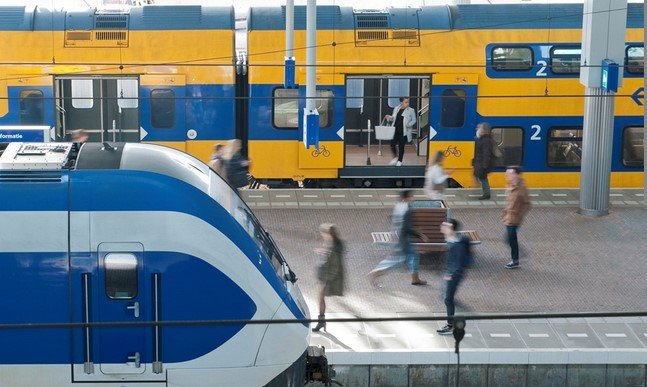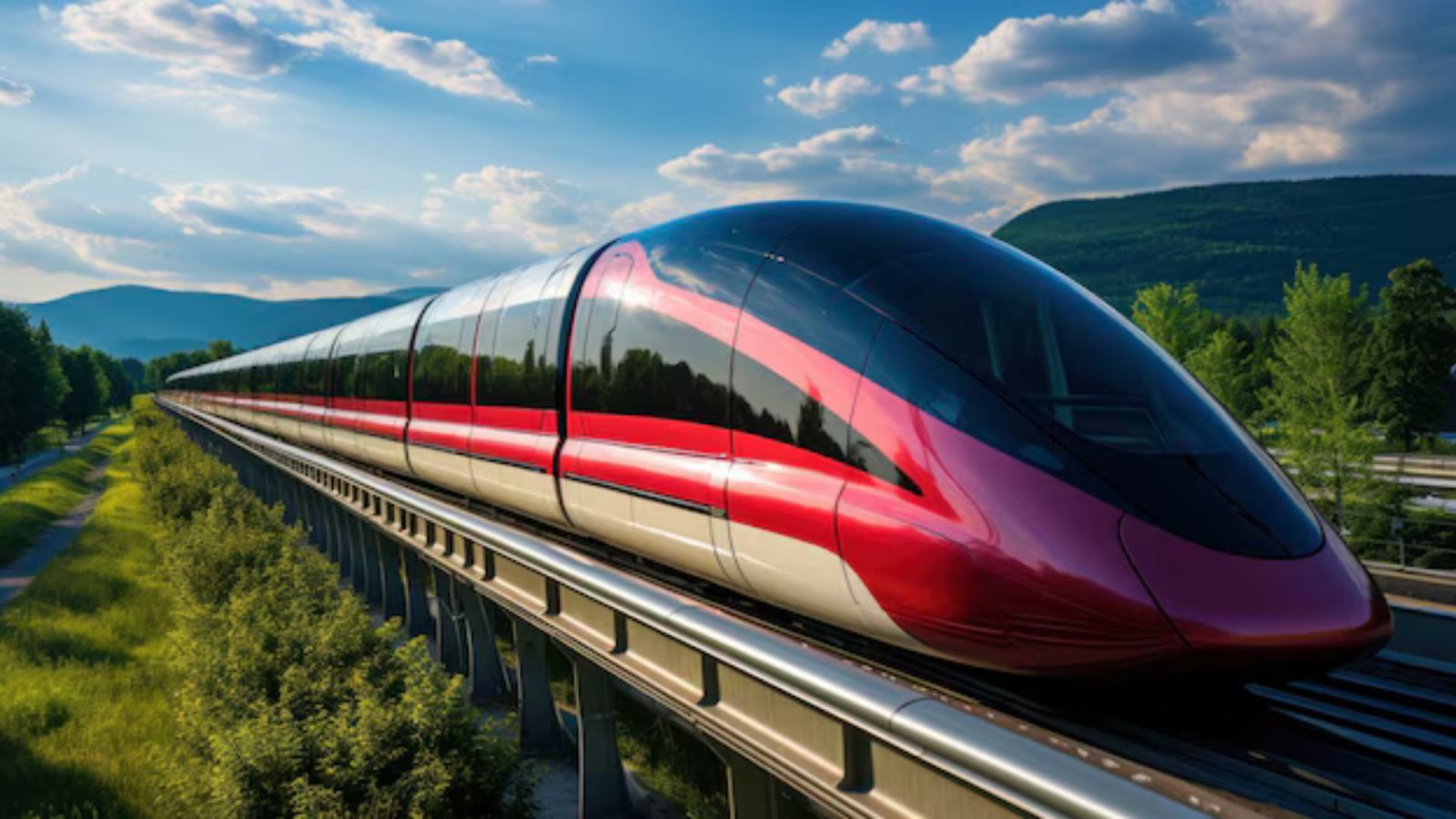Train stations have long been more than just transit points for travelers. They play a crucial role in shaping the local community and its social fabric. As transportation hubs, they serve as focal points for commerce, culture, and social interaction. This blog explores how train stations continue to serve as vibrant community hubs that bring people together and support local economies.

Connecting People to Their Communities
At their core, train stations are designed to connect people with different parts of the city, region, or even the world. However, their role extends beyond just transportation. Train stations help bring people together by facilitating interaction, whether it’s between commuters, tourists, or locals. They become gathering places where people from different walks of life cross paths, share experiences, and create social bonds.
Stations often have communal spaces where people can relax, meet, or simply enjoy the atmosphere. This sense of connection fosters a sense of belonging, as individuals come and go, all contributing to the vibrant energy of the space. Train stations offer a neutral ground where diverse groups can converge, creating opportunities for cultural exchange and conversation.
Economic Impact and Local Business Growth
Train stations have a significant economic impact on the surrounding areas. The high foot traffic from commuters and travelers makes train stations prime locations for retail businesses. Shops, cafes, restaurants, and service providers thrive in and around train stations, offering products and services to meet the needs of passengers. This influx of customers supports local economies and provides employment opportunities for the community.
Moreover, businesses that are strategically located near train stations often benefit from increased visibility and accessibility. Retailers, from small shops to large department stores, take advantage of the constant flow of people to boost their sales. Train stations not only serve as points of transit but also as economic engines that drive local growth and development.
Cultural and Social Centers
Many train stations have become cultural and social hubs, often hosting events, exhibitions, and performances. Historical stations, in particular, have a rich cultural heritage that draws visitors. These stations may feature architecture, murals, or installations that reflect the local history or culture, turning them into tourist attractions.
Moreover, modern train stations often host art shows, music performances, and festivals that encourage community engagement. These events bring people together, providing entertainment and opportunities for social interaction. In this way, train stations are not only places for travel but also spaces that support cultural expression and creativity.
Accessibility and Inclusivity
Train stations are designed to be accessible to people from all walks of life. With facilities like elevators, ramps, and dedicated spaces for individuals with disabilities, train stations ensure that everyone can easily access transportation. This inclusivity makes train stations more than just transit points—they become essential public spaces that cater to diverse needs.
Additionally, the convenience and availability of trains make them an affordable mode of transportation for many. For people who rely on public transit, train stations provide a critical service, offering an essential link to jobs, education, and healthcare. By making transportation more accessible, train stations help create more inclusive communities.
A Place for Community Identity
Over time, train stations can become symbols of a city’s identity. Many train stations, particularly historical ones, are landmarks in their communities, representing the culture, history, and values of the area. People often identify with their local station, considering it a symbol of home, a place of connection, and a point of pride.
For example, iconic stations like Grand Central Terminal in New York or Union Station in Washington, D.C., are much more than transportation hubs—they are cultural landmarks that embody the spirit of the city. These stations help shape a sense of place and community pride, becoming a cherished part of the local identity.
Conclusion
Train stations are much more than mere places for catching a train. They serve as community hubs that bring people together, boost local economies, and support cultural activities. From offering access to jobs and services to hosting events and providing spaces for social interaction, train stations play a vital role in shaping the identity and connectivity of a community. They continue to serve as living, breathing centers of activity that unite people and help local areas thrive.



